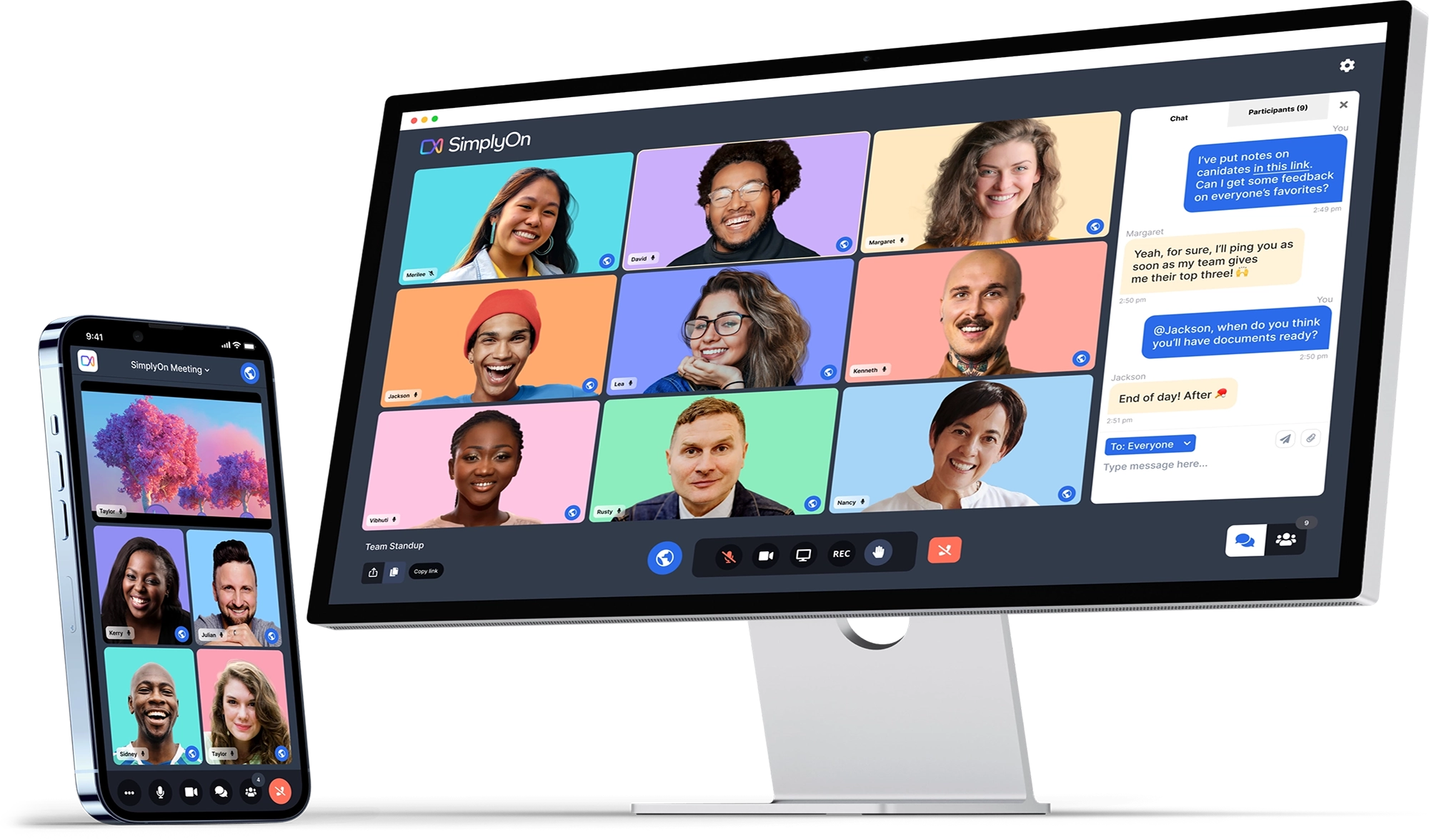The Future of Work Is Smarter Management and Collaboration Tools

These responses from our CEO, Jerod Venema, were originally included in Inc.com's article, “The Future of Work Isn't Fancy Tech. It's Remote Work and Smarter Management.”
The future of work. The phrase evokes images straight out of science fiction: virtual reality (VR) meetings connecting executives across continents and holographic projections that guide large-scale industrial projects. When we think about the future of work, we often place technology in the driver's seat--but that's not where it belongs.
Don't get me wrong: I love virtual and augmented reality (AR) applications. Since we're a livestreaming tech company, we help build this type of technology. However, for business leaders to truly build the future of work, we need visionary leadership more than new tools. This begins by mastering the technologies we have right now.
The days of every employee working full time in a shared office are gone, and workers know it. Eighty percent of workers in a survey from Citrix and OnePoll said it was important they be able to do their jobs from anywhere. Hybrid work also benefits companies, leading to a 35 percent reduction in quit rates with zero impact on performance or promotions. Remote work has become such a mainstay that recruiters now see any "We're coming back to the office!" announcement as an invitation to poach that company's engineers.
This shift to remote and hybrid work represents an opportunity for business leaders to learn how to effectively manage a distributed workforce, and it's not through more awful Zoom calls or sneaking tattleware onto employee laptops.
We've embraced a distributed workforce at LiveSwitch, so I know there are challenges to making this management model work--but the opportunities to hire top talent from anywhere are worth it. Here are five best practices we've found for managing remote and hybrid employees:
Use "unless told otherwise" to empower employees
An obvious challenge for a distributed workforce is combating silos that could lead to slowdowns in communication and execution. To unite everyone on our company's key goals, like responding to customer needs immediately and driving revenue, we tell every employee they're empowered to make decisions toward these goals. One mantra we use in company communication is "unless told otherwise" followed by a specific action; this ensures every team member is always looking for ways to move the ball forward whenever they discover a problem or opportunity.
Here's an example of how the phrase is used: "Having a senior developer on the next call with this customer will be helpful to ensure their technical questions are answered. Unless I hear otherwise from you by noon, I will invite Jamie to the next call." The alternative ("What do you think about inviting a senior developer to the next call?") leads to a waiting game when the person with the richest information already has the answer.
Formalize informal habits
Because remote workers don't meet up by the water cooler, it's not easy to build a team who are in tune with one another. One way to help this is formalizing some of the informal ways that co-workers build relationships. For example, in weekly planning meetings we all begin by sharing a personal win along with a work win. This lets us celebrate informal things like one of our team members' winning a fantasy football match alongside their setting a meeting with a promising partner.
Communicate core company hours and flex hours
Our employees work in six different time zones, so it's not always easy to schedule meetings. The solution we've found is to set core hours (when everyone at the company needs to be available to meet) and flex hours (when employees can set their own schedules). These policies are set by each team.
Simplify your remote collaboration tools
For technology to empower remote workers, the tools you rely on need to be simple and seamless. This inspired LiveSwitch to develop our own video meeting app, in which all an employee needs to connect is a simple link that will have everyone in a video call in seconds. Solutions like this, which don't require downloads or configuration, help reduce the friction of remote team connection. Read more about our solution, SimplyOn.
Train managers to empathize and listen
Leading a distributed team begins with setting strong achievable goals for every employee and trusting them to get things done. But this is only the beginning. You also need remote managers to listen and empathize with every employee's situation to find the right way to follow through on these goals and help each worker be their best. Because this is more art than science, make remote management training an integral part of your remote work culture. This doesn't have to be a super formal effort. Just work with your team regularly on this concept, listen to them constantly, and make sure they're teaching their team in turn.
Above all, managing a distributed team is a constant work-in-progress. I've made more mistakes in this area than I can count, but what helped me improve was recognizing that my company--indeed, the entire tech industry--has permanently changed in the past two years. That in mind, if you haven't changed how you are managing your team in response to this paradigm shift, you are absolutely making a mistake. The future of work is taking shape right now, so it's time to be proactive and make the adjustments necessary to lead successfully.
